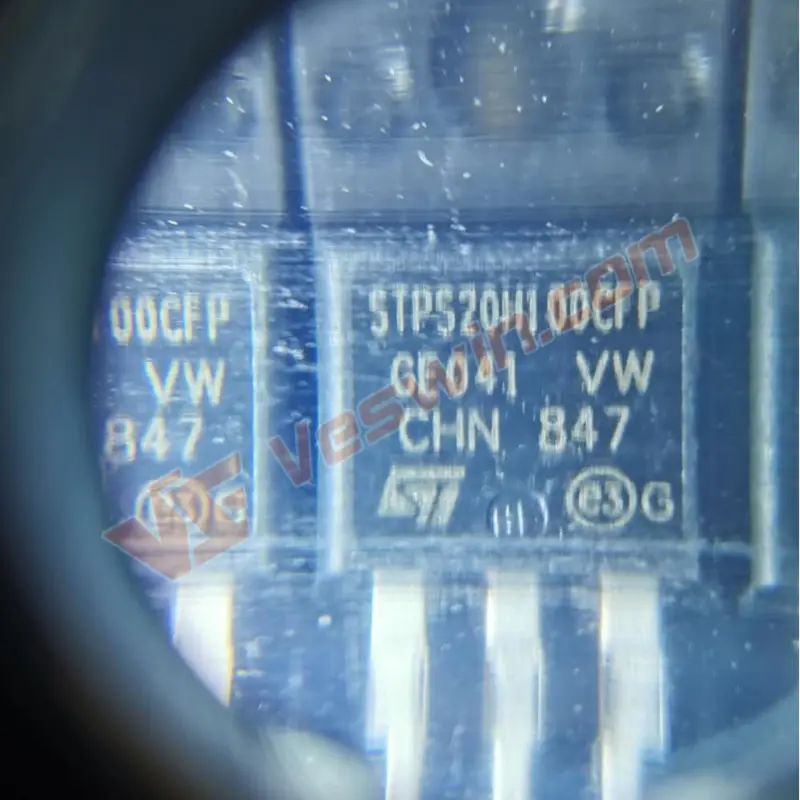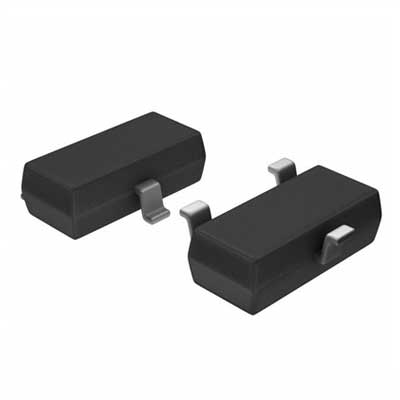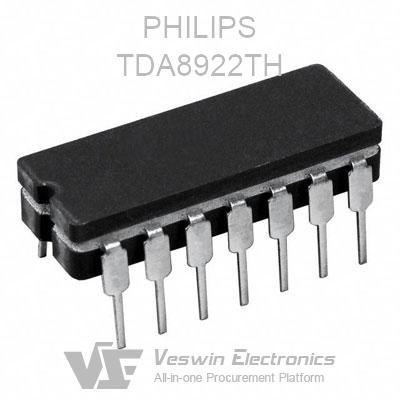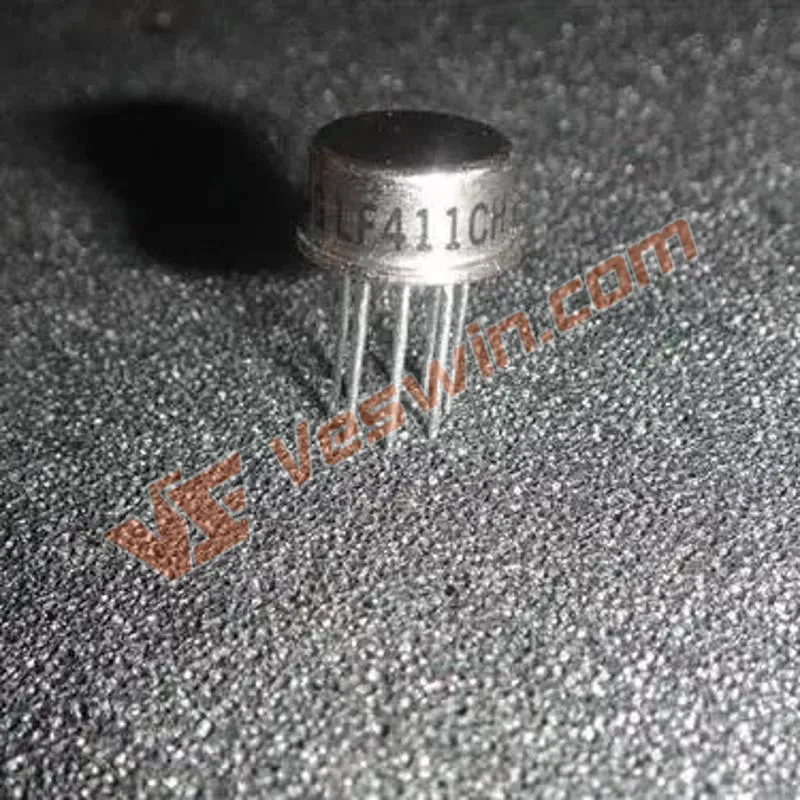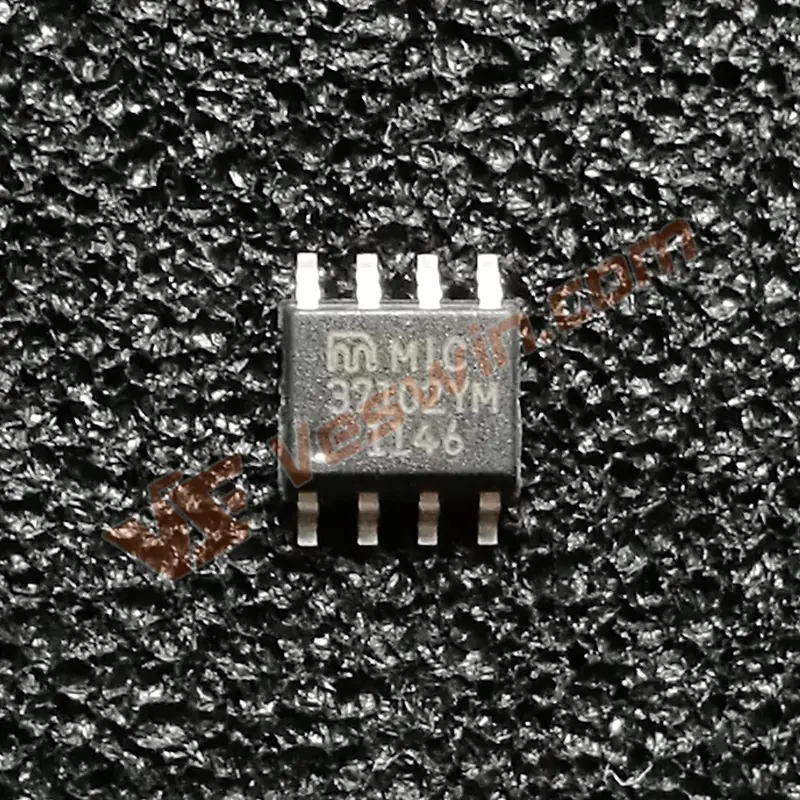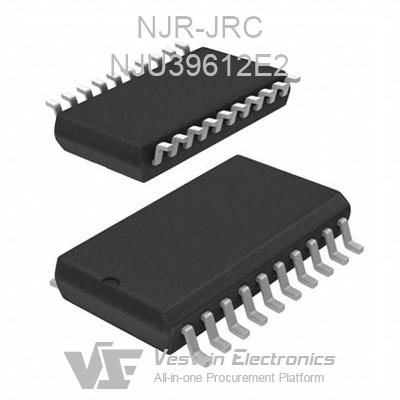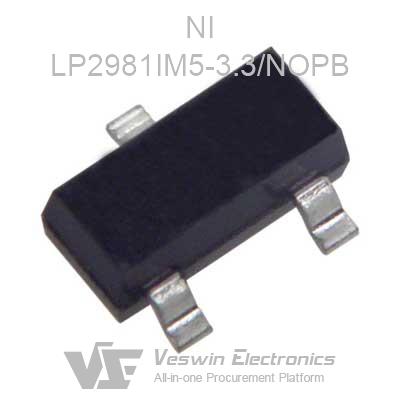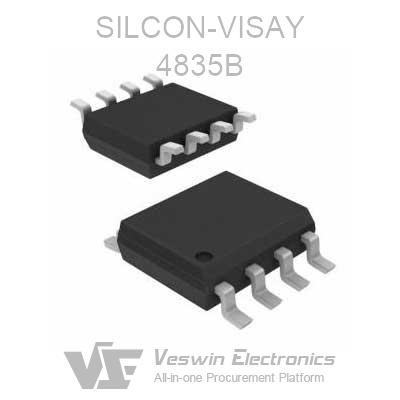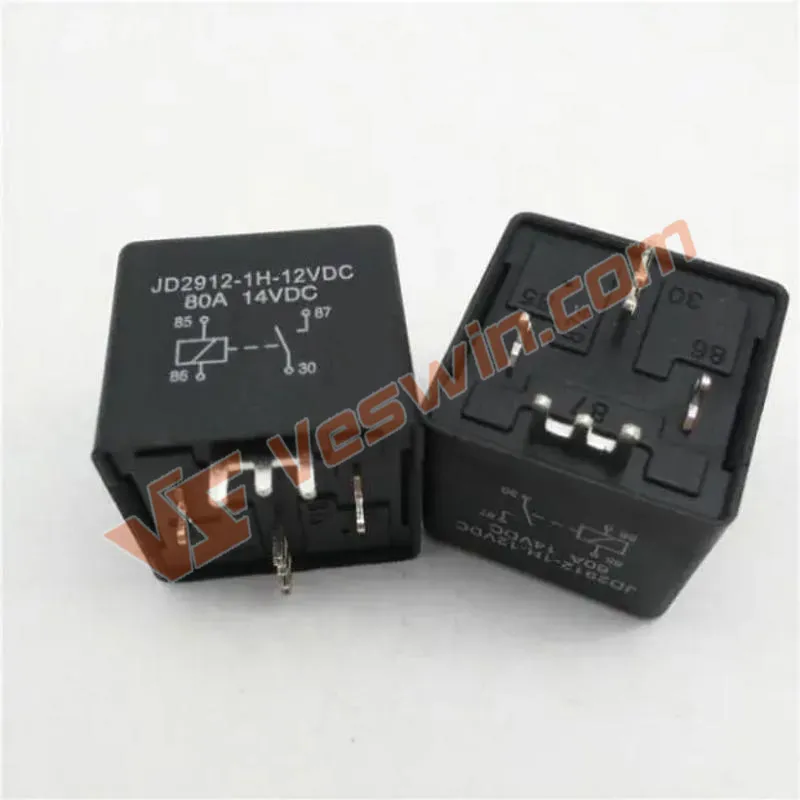September 20, 2022 - NVIDIA announced the launch of the new Jetson Orin Nano module, further expanding the NVIDIA Jetson product lineup. NVIDIA has recently launched six Orin-based production modules that can support various edge AI and robotics applications.
According to Deepu Talla, vice president of embedded and edge computing at NVIDIA, the new Jetson Orin Nano offers an 80x performance increase compared to its predecessor. Regarding specific parameters, Jetson Orin features NVIDIA Ampere architecture GPU, Arm Cortex-A78 architecture-based CPU, up to 8GB of memory, next-generation deep learning and vision gas pedals, high-speed interfaces, fast memory bandwidth, and support for multi-mode sensors. AI performance is up to 40 trillion operations per second (TOPS). Starting at $199 and is available in January 2023.
NVIDIA's six Orin-based modules are based on the same architecture, allowing for the same development kit. The Orin Nano modules are fully compatible in form factor and pinout with the previously released Orin NX modules. With full emulation support, customers can use the AGX Orin Developer Kit to develop applications for the Orin Nano family from now on, with the flexibility to design a system to support multiple Jetson modules and easily scale their applications.
According to Deepu Talla, Orin Nano supports multiple concurrent AI application pipelines with high-speed I/O and NVIDIA Ampere architecture GPUs. Developers of entry-level devices and applications such as retail analytics and industrial quality control will be able to access complex AI models at a lower cost more easily.
In terms of versioning, the Orin Nano module will be available in two versions: the Orin Nano 8GB offers up to 40 TOPS performance at 7W to 15W, and the 4GB version offers up to 20 TOPS performance at just 5W to 10W.
It's worth noting that NVIDIA's Jetson ecosystem is also growing rapidly, and Deepu Talla proudly states that the Jetson ecosystem now has over 1 million developers, 6,000 customers, 2,000 startups, and 150 partners. And Jetson partners can provide support for everything from AI software, hardware, and application design services to cameras, sensors and peripherals, developer tools, and development systems.
The Orin Nano is also supported by the NVIDIA JetPack SDK and driven by the NVIDIA CUDA-X accelerated compute stack. This compute stack is also used to create groundbreaking AI products in industrial IoT, manufacturing, smart cities, and more.
In Deepu Talla's view, the most important function of the Jetson platform is to be used to solve tough robotics challenges and bring accelerated computing to over 700,000 ROS developers. Therefore, the Jetson hardware platform can certainly support NVIDIA ISAAC, an acceleration platform built specifically for robotics and AI. He also introduced an update to Nova Orin, autonomous robotics (AMR) reference platform.
The Nova Orin reference architecture is designed for specific use cases. One reference architecture design is based on Orin and has no safety-certified sensors; another includes safety-certified sensors and a safety-programmable logic controller, and a third uses a dual Orin-based design that relies on vision AI for functional safety.
This includes sensor support for stereo cameras, LIDAR, ultrasound sensors, and inertial measurement units. This set of sensors provides multimodal coverage to meet the requirements for developing and deploying a safe, collaborative AMR.
Naturally, all sensors are calibrated and time-synchronized and come with drivers for reliable data capture. These sensors enable AMR to detect objects and obstacles in various scenarios while enabling simultaneous localization and mapping (SLAM).
NVIDIA offers two LIDAR options, one for applications that do not require a sensor certified for functional safety and one for applications that do. In addition to these 2D LiDARs, Nova Orin supports 3D LiDARs for map building and true value data collection.
In addition to hardware and integration tools, NVIDIA offers extensive software support. Its base operating system includes drivers and firmware for all hardware and adaptation tools and design guides for integrating the platform with robots.
Proven sensor models are available in ISAAC Sim, allowing application development and testing without needing an actual robot. And cloud-native data acquisition tools eliminate the daunting task of setting up data pipelines for the large amounts of sensor data needed to train models, debug and analyze. Advanced GEMs developed specifically for Nova sensors are GPU accelerated through the Jetson Orin platform, which provides key underlying modules such as visual SLAM, stereo depth estimation, obstacle detection, 3D reconstruction, semantic segmentation, and pose estimation.
In other words, the Jetson Orin modules make it easier for engineers deploying edge AI applications and developers building a next-generation robot operating system (ROS) for intelligent machines to innovate and create and commercialize products that once seemed impossible, thanks to its high-performance and well-established ecosystem.
Hot News
